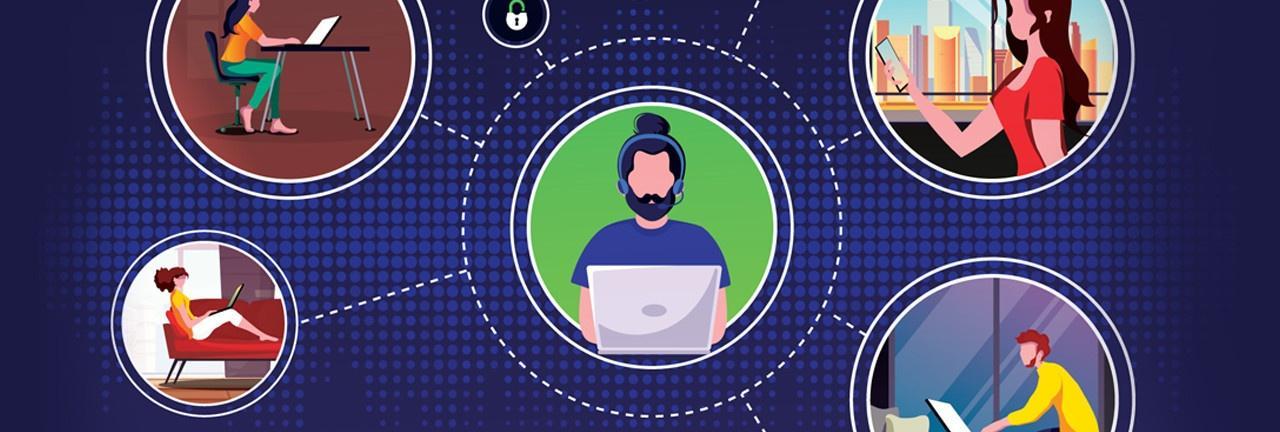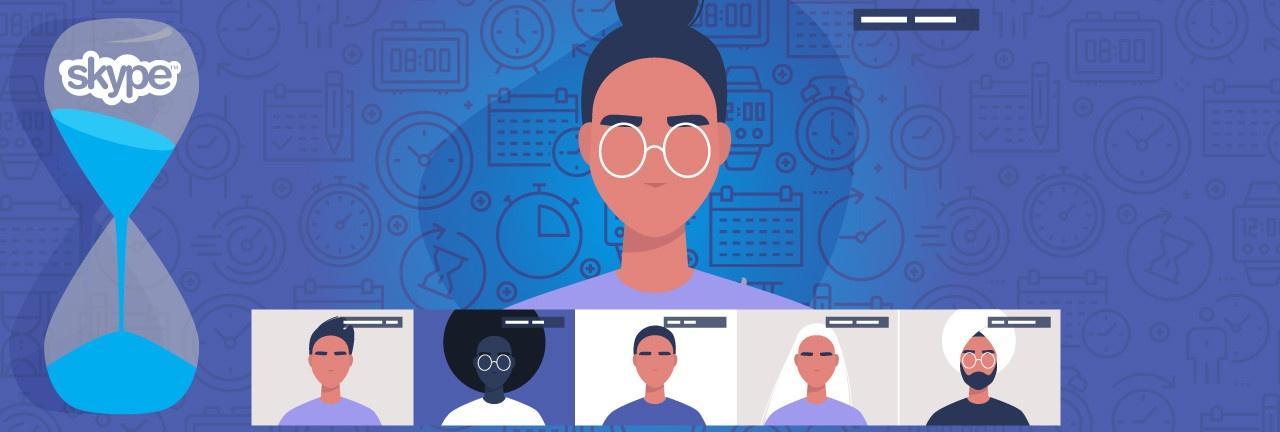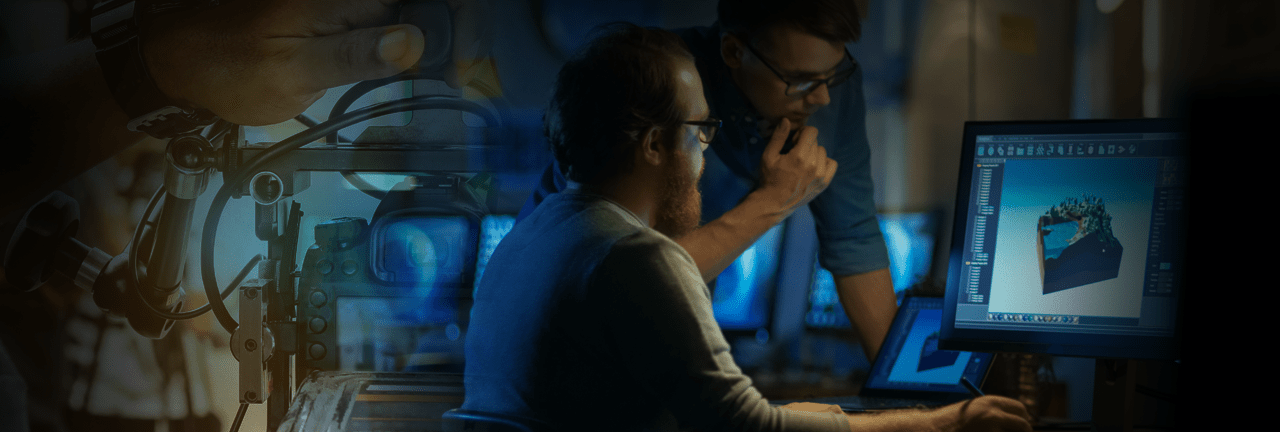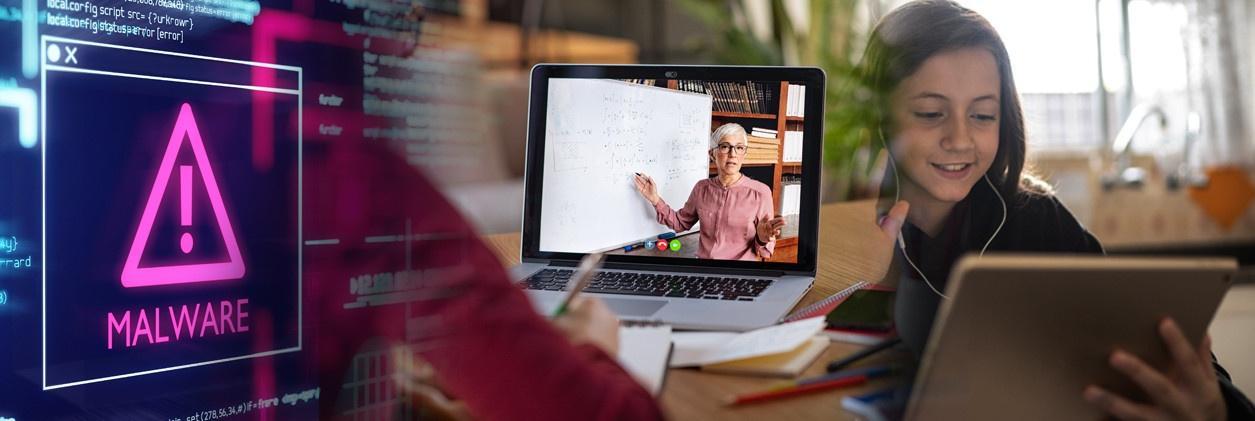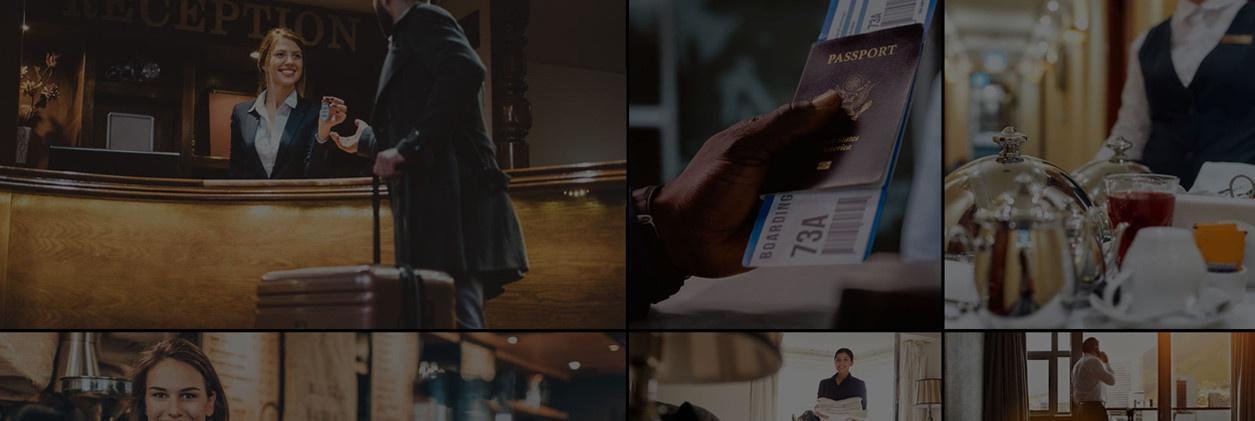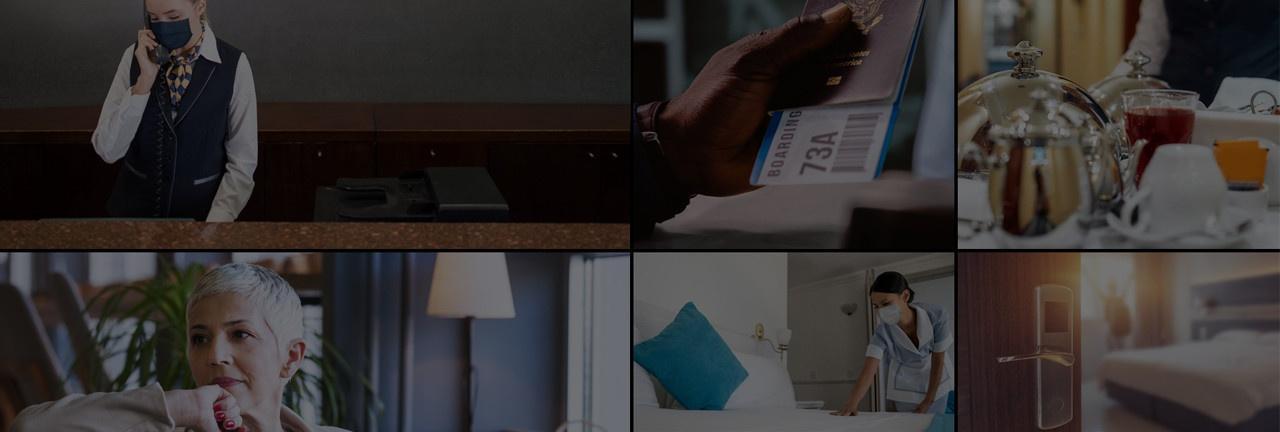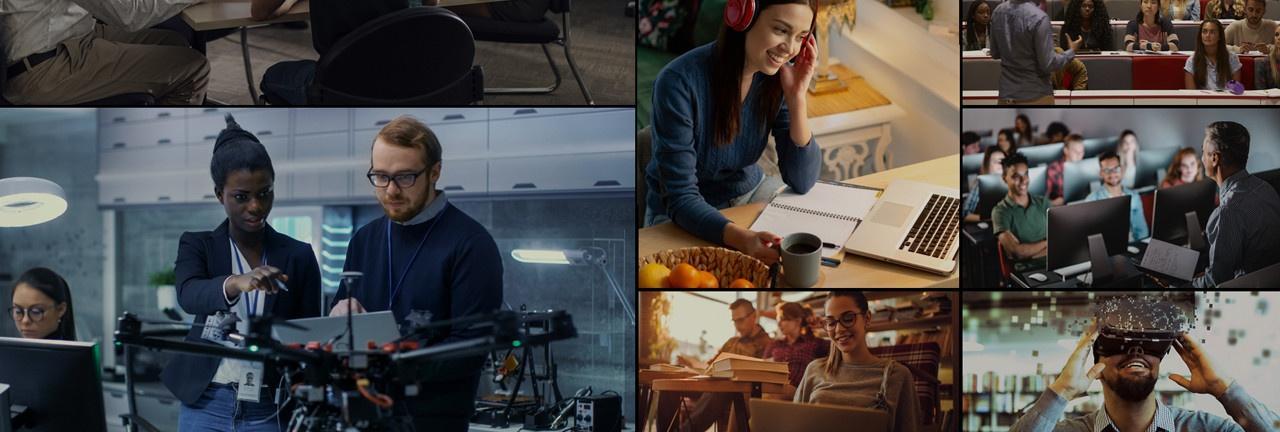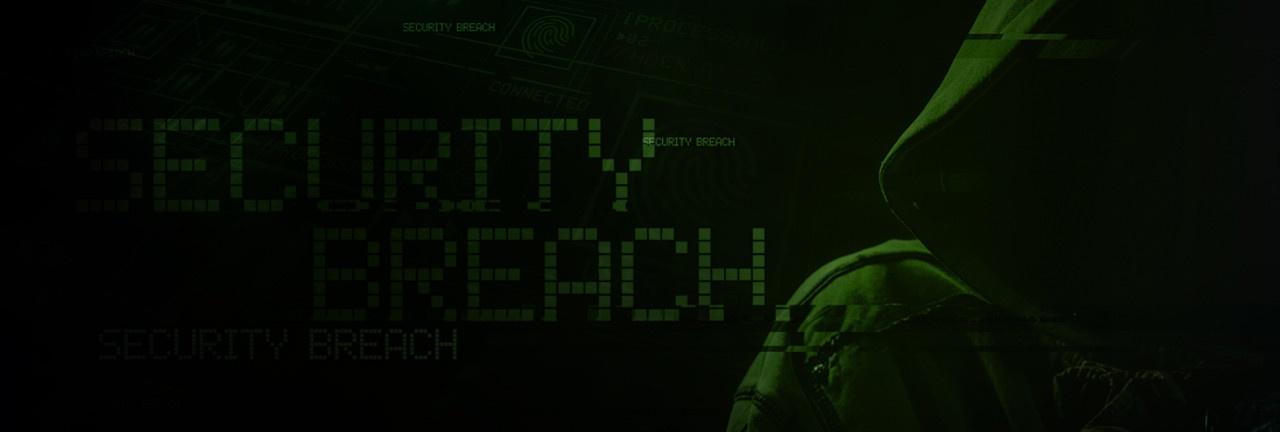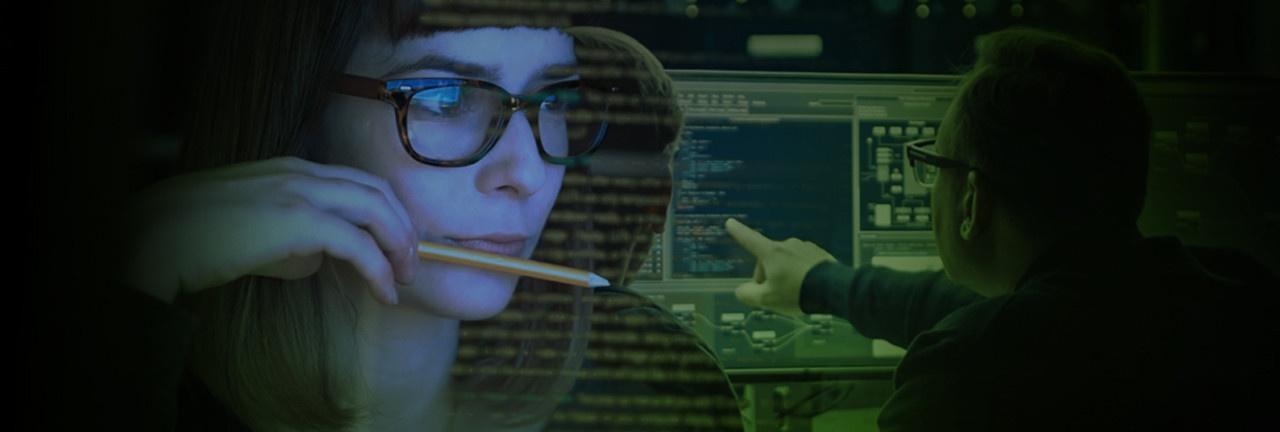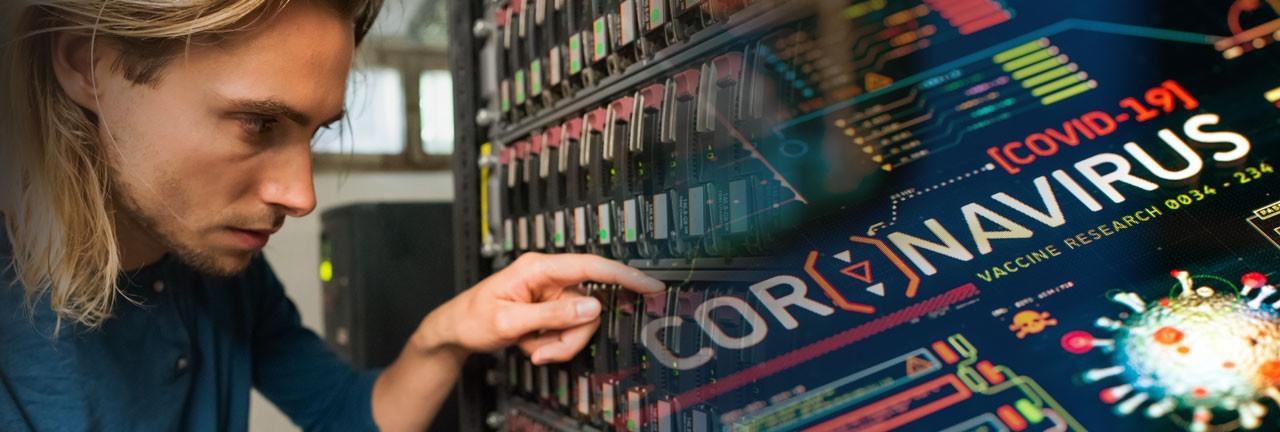Passwords are often more associated with individual and consumer cyber security, but they are an essential part of an organisation's overall security posture. For example, you wouldn't leave the windows open overnight as this would allow easy access into the building for thieves. In the same way, a weak password offers cyber attackers easy access to your corporate infrastructure, after which they can use these credentials to escalate permissions until they granted themselves administration privileges, at which point the risk of financial and reputational damage becomes truly serious!
Global broadcasts place incredible demands on infrastructure, which must offer the performance and resilience required to accommodate the anticipated spikes in viewership. Exponential-e has worked closely with a number of world leaders across the broadcasting and media sector, providing fully integrated solutions that ensure their connectivity is of the very highest quality, freeing their own teams to focus on the broadcast itself, safe in the knowledge that they can completely depend on their technological foundation, no matter how many viewers around the world tune in.
Over the course of the past year, the contact centre has been changed forever, with social distancing requirements meaning that familiar methods of face-to-face contact are now unavailable. In light of these shifts, social media, video and email contact are now regularly utilised as the primary channels for customer queries – a trend that we have seen on the rise for some years now. Between March and November 2020, we saw a significant update in the use of online channels, with 54% of organisations reporting an increase in email contact, 52% reporting an increase in social media, and 65% reporting an increase in the use of web chat.
Microsoft Teams has been in the ascension for some time now, rising exponentially in popularity throughout 2020, to the point it is now the default internal communications tool for many organisations, with the distributed workforce utilising it to effectively collaborate with colleagues on a day-to-day basis.
The finance sector is required to have one of the most sophisticated cyber security postures in the world, with bureaus, banks, finance companies and insurers working closely with their technology partners to ensure sensitive financial data is managed, stored and transferred, with a stringent range of international security standards that must be adhered to at all times. However, cyber criminals have demonstrated repeatedly that they are constantly working to breach even the most sophisticated security ecosystems, devising new ways to exploit both technological vulnerabilities and human error.
Now more than ever, effective collaboration and communication are the keys to success. Throughout 2020, we saw a widespread shift in how we interact with each other, both in and out of work, and how we stay connected to our colleagues and customers. Just consider the following:
With the flexible office model slowly but surely supplanting the traditional working environments in favour of dynamic co-working spaces for a number of years now, we have seen many organisations reconsider the way they think about commercial real estate.
The media sector is amongst the most dynamic and rapidly evolving in the UK, with audiences consuming higher volumes of content than ever before, across a tremendous range of platforms. This means its IT infrastructure must reflect that, ensuring data-intensive content can be made available on-demand, both online and offline.
A secure, high-performance network is essential, as is a robust business continuity strategy and scalable, cost-effective storage.
An intelligently designed and implemented IT infrastructure, utilising cutting-edge Cloud technology, will not only ensure a great end user experience, but drive creativity and collaboration between teams across multiple sites, even when remote working. This way, the UK's media sector will be perfectly placed to retain its stellar reputation around the world. Exponential-e utilise our full range of solutions to ensure this success, acting as a trusted partner for numerous UK media organisations, as these case studies will illustrate.
The past year has challenged the UK's education sector in ways that would previously have been inconceivable, with children learning from home the majority of the time since March.
The way the hospitality & leisure industry interacts with guests is constantly evolving, with cutting-edge technology offering new channels for everything from making bookings, to checking in, ordering additional services and entertainment, and billing.
This type of multi-channel service delivery must be underpinned by a secure, scalable and cost-effective IT infrastructure, which will allow hospitality & leisure organisations to pivot in response to an ever-evolving landscape, optimising application performance, protecting guests' sensitive data, and taking advantage of new channels for marketing and gathering feedback - all while retaining the all-important human touch.
Putting all this into practice requires a successful digital transformation process and the ongoing support of a trusted IT partner – a role Exponential-e is perfectly placed to fulfil.
These case studies offer real-world examples of how Exponential-e has helped organisations across the UK's hospitality & leisure sector affect their own digital transformations, ensuring they can continue to offer their guests incredible experiences, every time.
Any organisation delivering professional services of any sort - from architecture and accountancy to engineering or recruitment - relies on its IT infrastructure to maximise employee performance, engage with customers, and deliver exceptional services and solutions. There are a number of challenges here.
Compliance requirements, particularly around how customer data is handled, are becoming increasingly complex, which means infrastructure must be designed from the ground up with compliance in mind. Furthermore, the transition to a distributed workforce has forced many organisations to rapidly adopt new tools for communication and collaboration, between both employees and customers.
Exponential-e understands these challenges, and works closely with companies around the UK to deliver innovative solutions that allow them to focus on their services, solutions and customers rather than their IT.
Technology in the Hospitality Industry - Maintaining the Human Touch in the Age of Social Distancing
2020 has proven a challenging time for the global hospitality sector. As with virtually every industry impacted by COVID-19, the sector has been forced to completely re-evaluate the way it delivers its services, in order to comply with government regulations and - most importantly - guarantee the continued safety of both guests and staff.
Technology is omnipresent in young people's lives and is opening up new channels of learning across the education sector, with pupils, students and staff utilising Cloud and video calling platforms both in and out of the classroom.
At the same time, cyber security is evolving at a rapid pace to answer ongoing concerns about pupils' safety online and the integrity of confidential data - concerns that have become even more critical with the move towards remote learning and virtual classrooms. Our full range of solutions provides schools, colleges and universities with the means to ease this transition to new ways of learning, ensuring IT infrastructure continues to put learning at the centre of everything, while meeting all compliance requirements and enabling more effective use of the available budgets.
Please explore these case studies for examples of what we have already achieved for customers across the education sector, helping them sustain their profitability and growth while keeping the learning experience at the centre of everything.
No matter how sure you are that your network is secure, you may still be at risk of cyberattacks. It's no exaggeration Cybercriminals are constantly working to stay one step ahead of organisations and security professionals, exploiting any vulnerability they can in even the most sophisticated systems.
It's well-established that security is an essential part of all infrastructure. With data protection more of a concern for customers and end users than ever - particularly in light of regulations like the Cloud Act and GDPR - it's vital that organisations demonstrate a clear commitment to the security of their networks, Cloud applications and physical devices.
The move towards Hybrid Cloud infrastructures - with on-premise solutions systems connected to Public and Private Clouds to maximise the benefits of each solution - has been in progress for a number of years now. Indeed, in 2019 it was reported that 69% of organisations were already utilising some form of Hybrid Cloud solution1. Since then, the move towards a distributed workforce in response to COVID-19 has accelerated this process, with 82% of organisations reporting that they have accelerated their Cloud adoption strategies as a result of the pandemic2.
With research from the IDC estimating that 80% of the data created by 2025 will be unstructured [1], businesses need to ensure they have an affordable storage solution for such high volumes of data. A simple, cost-effective solution that businesses can utilise to this effect is Cloud Object Storage, which stores petabytes of data in the Cloud as 'objects'.
We see over and over again how COVID-19 is transforming the way we work and connect with each other. Employees across virtually every industry are now working effectively from home, even if such an arrangement would have been unthinkable at the start of this year. It's been extremely heartening to see the range of innovations that have been embraced in response to the crisis, but it's important not to forget the foundations of your IT infrastructure as you explore these solutions. For example, consider how you are backing up and storing the lifeblood of your organisation: your data.
The level of performance and resilience organisations demand from their networks has increased several-fold in the wake of COVID-19. The rapid transition to a fully distributed workforce has not only placed considerable demands on networks in terms of raw performance, but also the resilience needed to adapt to the unexpected with minimal disruption to data security, internal processes or the customer and user experience.
While we have certainly seen some considerable successes in this area, there is still work to be done if this new way of working is able to provide companies with the agility, security and scalability they need to adapt and thrive going forward.



